Historic leaders who wasted obscene amounts of money
Throughout history, leaders have often been known for their extravagant spending habits, with some going to extraordinary lengths to display their wealth and power. These leaders not only shaped their countries’ futures but also left behind legacies of opulence and excess that continue to fascinate us today.
From lavish palaces to costly campaigns, these historical figures spared no expense in their pursuit of grandeur and influence, often with significant consequences for their reigns and nations.
The Notorious Excess of Nero: Rome’s Lavish Emperor
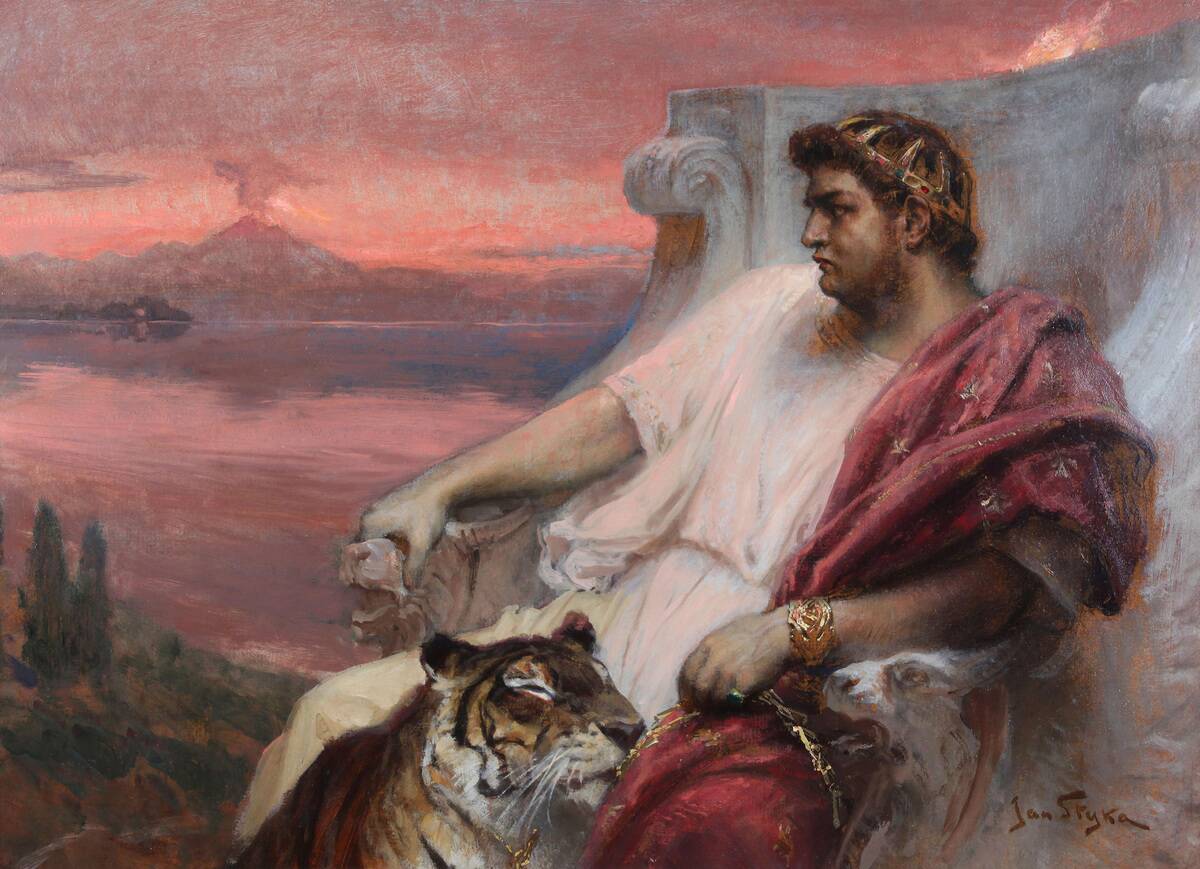
Emperor Nero is infamous for his audacious spending and extravagant lifestyle. He ruled Rome with a flair for drama, evident in the construction of his opulent Domus Aurea, or “Golden House,” which boasted gold-plated ceilings and vast gardens.
Nero’s penchant for luxury was so excessive that it strained the imperial treasury, contributing to his downfall. His reign is a testament to how unchecked indulgence can lead to both architectural marvels and political disaster.
The Sun King’s Splurge: Louis XIV and the Palace of Versailles
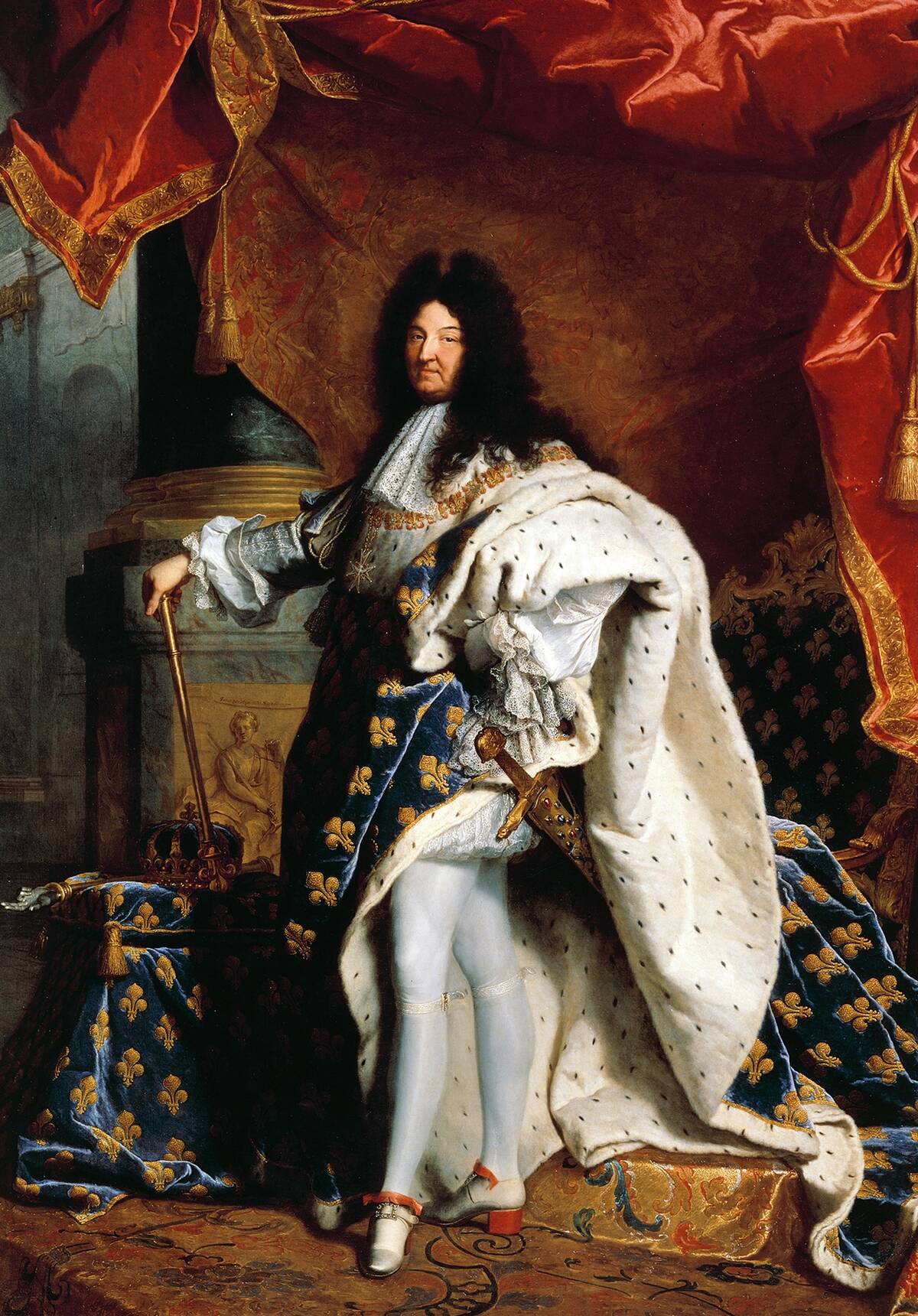
Louis XIV, known as the Sun King, transformed a humble hunting lodge into the magnificent Palace of Versailles, a symbol of absolute monarchy. The palace’s Hall of Mirrors, adorned with gilded sculptures and crystal chandeliers, exemplified the king’s desire to impress both subjects and foreign dignitaries.
Louis’s extravagant spending on Versailles and his numerous wars left France deeply in debt, illustrating how the pursuit of grandeur can lead to long-term financial instability.
Cleopatra’s Costly Pursuits: Egypt’s Last Pharaoh
![[redacted], c](https://media.tellmebest.com/wp-content/uploads/2023/08/cleopatra-c-49446.jpeg)
Cleopatra VII, the last active ruler of the Ptolemaic Kingdom of Egypt, was renowned for her lavish lifestyle and expensive pursuits. Her legendary banquet with Mark Antony, where she dissolved a pearl in vinegar to win a bet, showcases her flair for dramatic opulence.
Cleopatra’s alliances and romantic liaisons with powerful Roman figures were as much political maneuvers as they were personal, reflecting her strategic use of wealth to maintain Egypt’s independence amid Rome’s growing influence.
Ivan the Terrible: A Tsar’s Expensive Campaigns
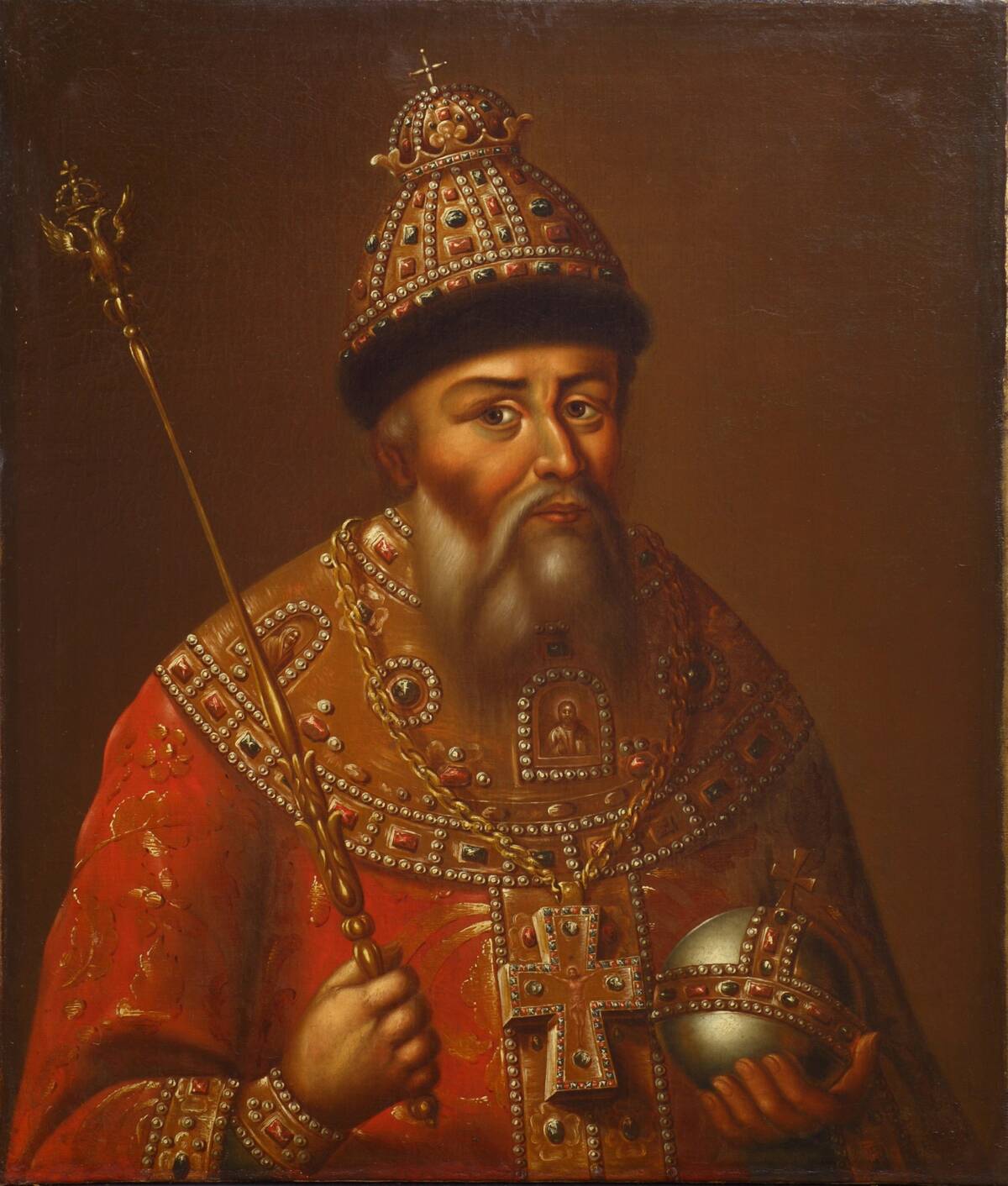
Ivan the Terrible, the first Tsar of Russia, engaged in numerous military campaigns that drained the state’s coffers. His costly wars against the Khanates and the Livonian War were part of his ambition to expand Russia’s territory.
These military endeavors, coupled with Ivan’s harsh rule and the establishment of the oprichnina, a state policy that divided the country, led to significant economic strain and societal unrest. Ivan’s reign illustrates how the pursuit of power can come at great financial and human cost.
The Golden Parade of Mansa Musa: King of Mali’s Wealth Display
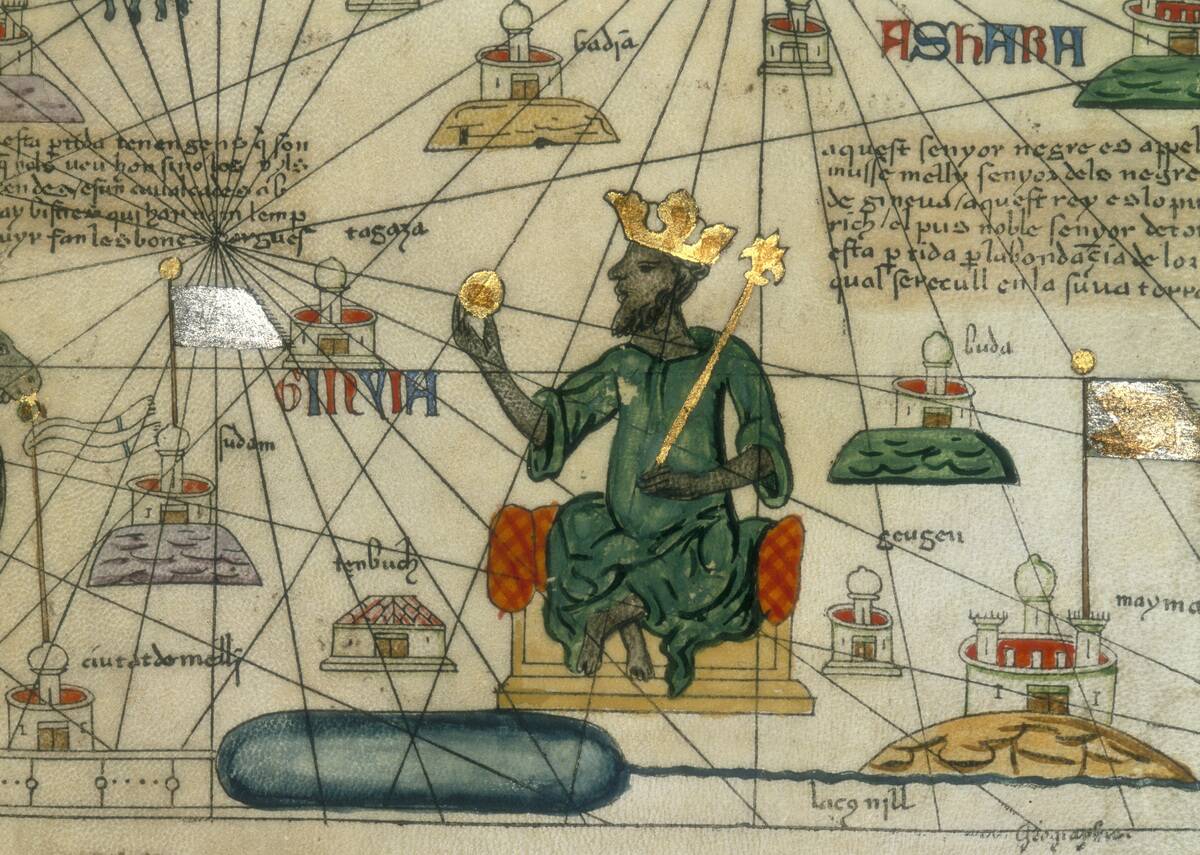
Mansa Musa, the emperor of the Mali Empire in the 14th century, is often regarded as the wealthiest person in history. His famous pilgrimage to Mecca in 1324 was a grand display of wealth, with a caravan that included thousands of soldiers, attendants, and camels laden with gold.
Mansa Musa’s generosity during his journey, distributing gold along the way, reportedly caused inflation in regions he passed through. His reign brought Mali to international prominence and left a lasting legacy of prosperity and cultural richness.
Caligula’s Extravagant Reign: Rome’s Mad Emperor
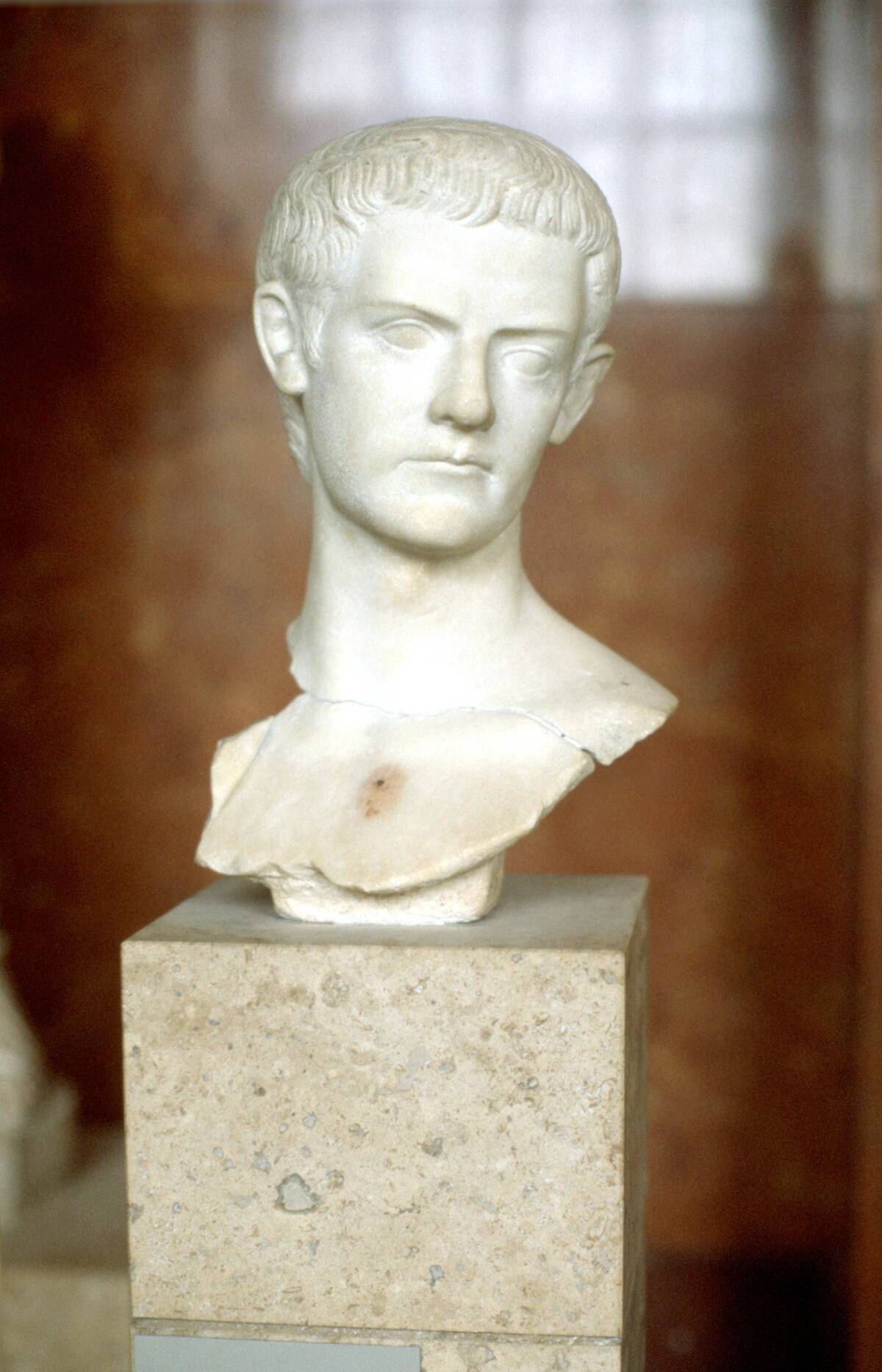
Caligula, often remembered as one of Rome’s most notorious emperors, indulged in extreme acts of extravagance. His penchant for lavish spending included building massive ships adorned with precious stones and constructing opulent palaces.
Caligula’s erratic behavior and financial recklessness, including declaring war on the sea and appointing his horse as a priest, contributed to his assassination after just four years in power. His reign is a classic example of how unchecked excess and madness can destabilize an empire.
Nicholas II: The Last Tsar’s Excess and the Fall of the Romanovs
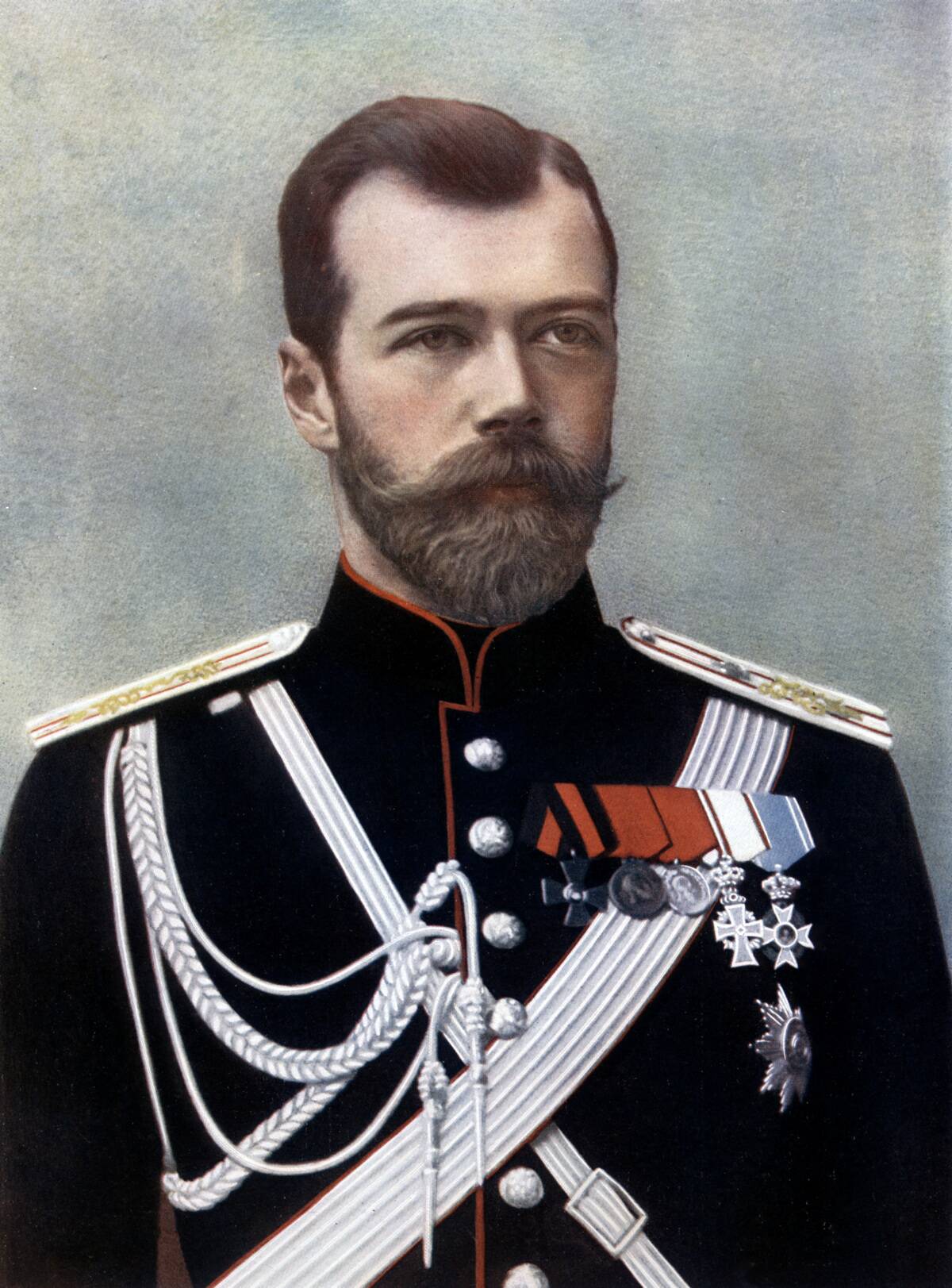
Nicholas II, the last Tsar of Russia, presided over a lavish court lifestyle despite the growing unrest among his subjects. His family’s opulent lifestyle, epitomized by the grandeur of the Winter Palace and the luxurious Fabergé eggs, stood in stark contrast to the poverty experienced by many Russians.
This disconnect fueled revolutionary sentiments, leading to the fall of the Romanov dynasty during the Russian Revolution. Nicholas’s reign underscores the peril of maintaining opulence amidst societal discontent.
The Grandiose Projects of Shah Jahan: Builder of the Taj Mahal
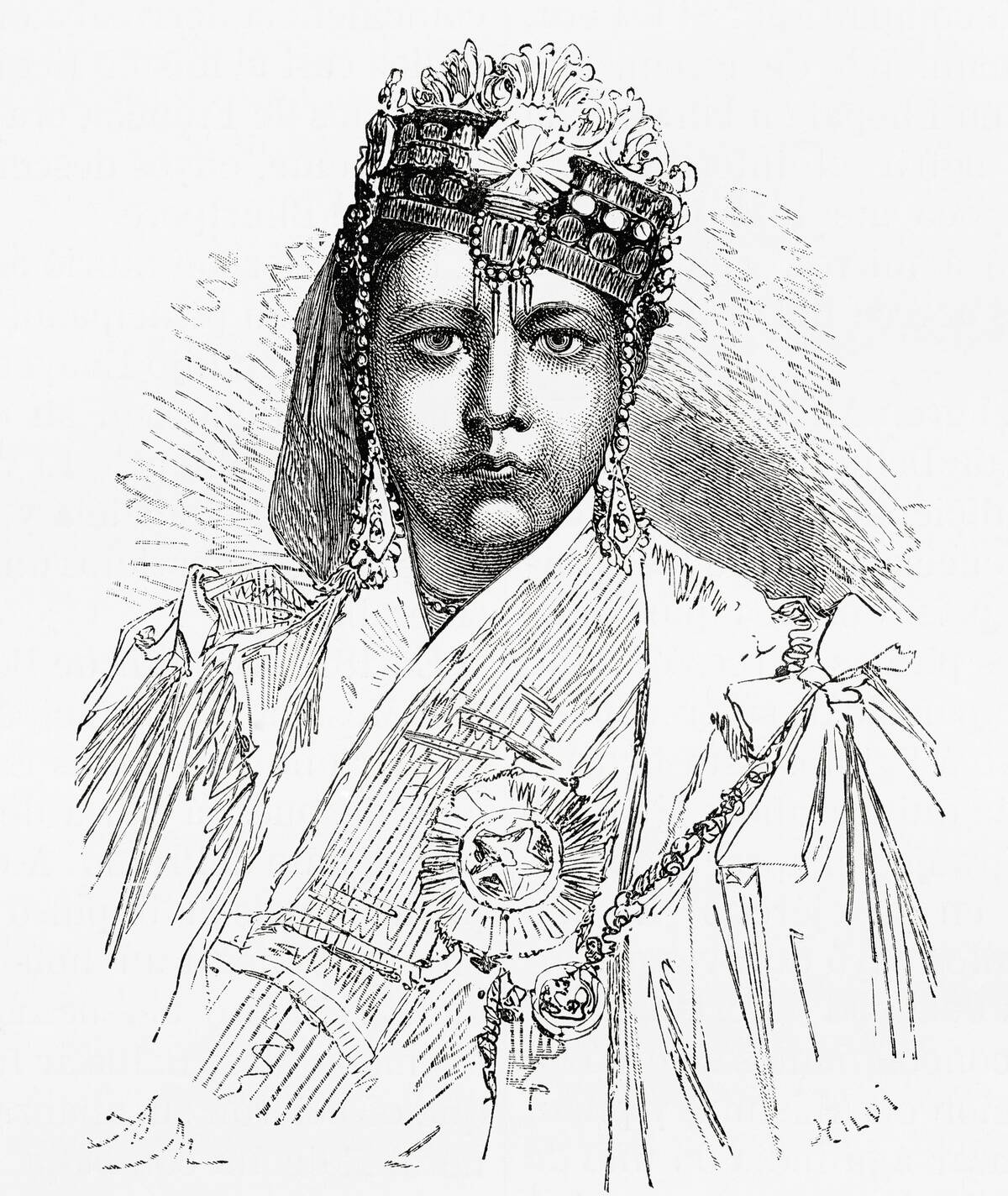
Shah Jahan, the Mughal emperor, is best known for commissioning the Taj Mahal, a masterpiece of Mughal architecture and a symbol of eternal love. The construction of this iconic mausoleum, along with other architectural projects like the Red Fort, required vast resources and labor.
Shah Jahan’s reign was marked by both cultural achievements and financial strain, as his ambitious building projects placed heavy demands on the empire’s treasury. His legacy is one of artistic splendor juxtaposed with economic challenge.
The Excessive Spending of King Henry VIII: A Tudor Tale
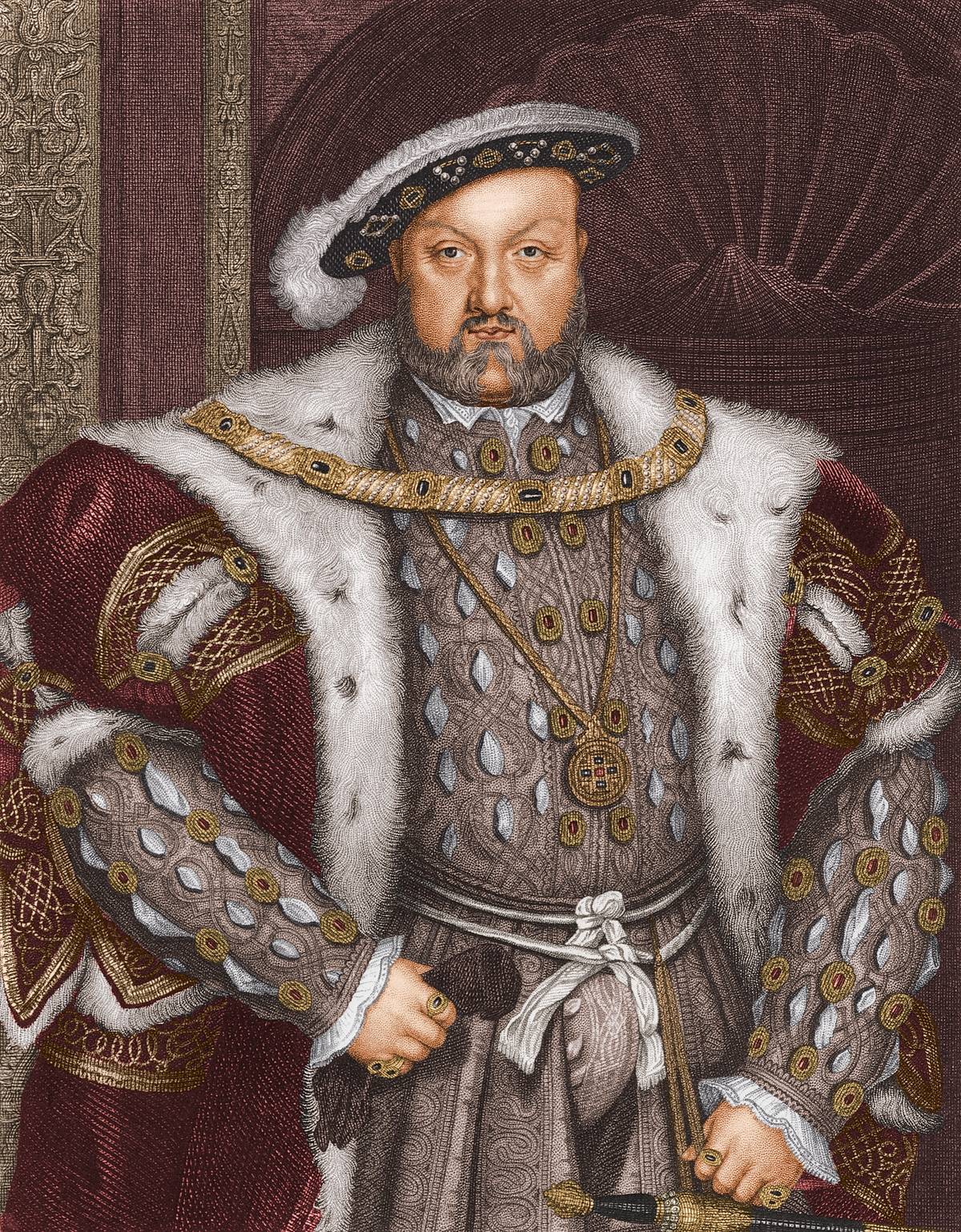
King Henry VIII of England is renowned for his lavish lifestyle and penchant for grandiose spending. His court was a hub of opulence, with extravagant banquets, tournaments, and the construction of magnificent palaces like Hampton Court.
Henry’s desire for a male heir led to costly political and religious upheavals, including the dissolution of monasteries to fund his expenses. His reign exemplifies how personal desires and financial extravagance can have profound impacts on a nation’s history and religious landscape.
The Splendor of Babylon: Nebuchadnezzar II’s Grand Designs
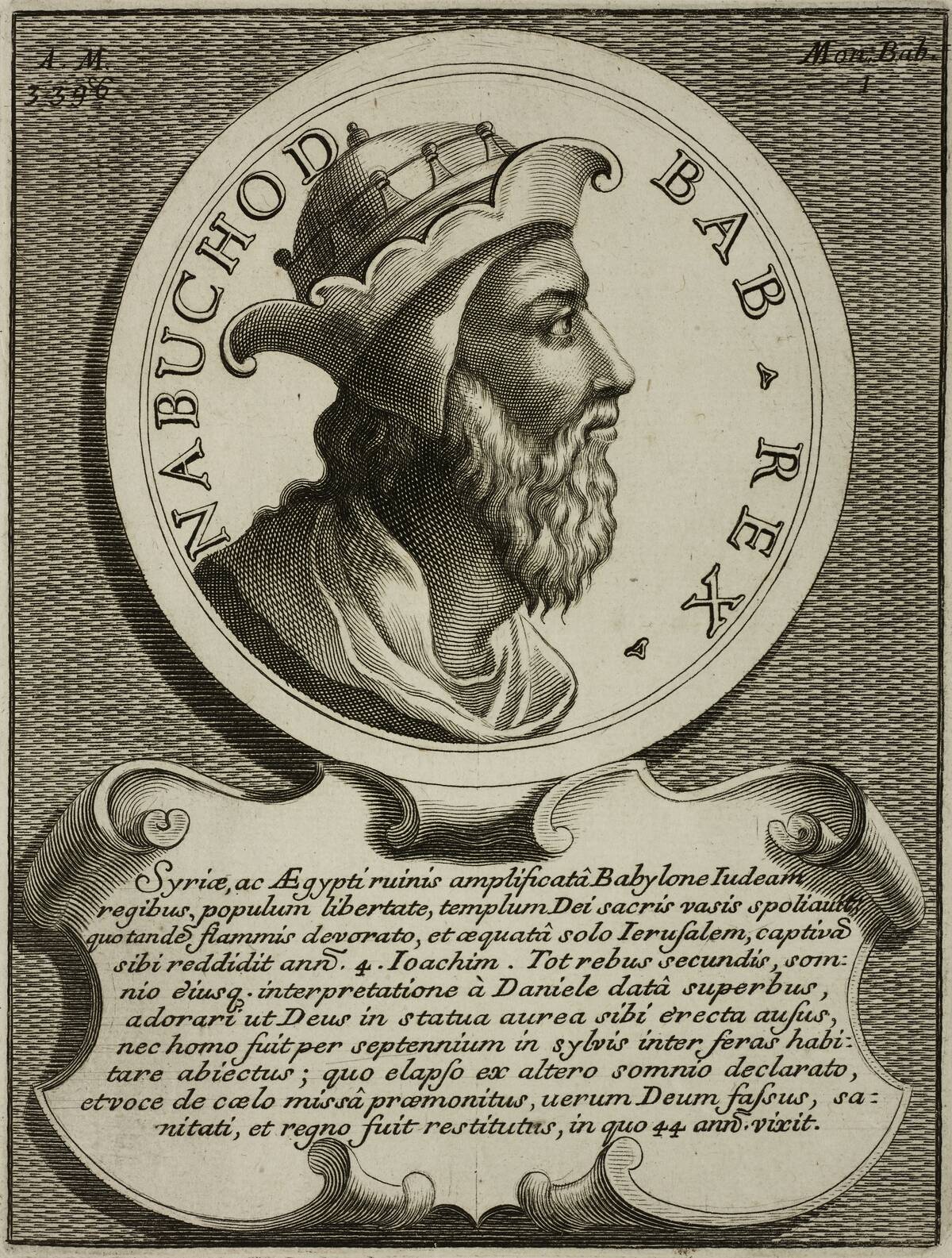
Nebuchadnezzar II, the king of Babylon, is best known for his grand architectural projects, including the fabled Hanging Gardens of Babylon. Although its existence remains debated, the gardens are said to have been an extraordinary feat of engineering and botanical design.
Nebuchadnezzar’s reign was marked by the construction of impressive edifices, like the Ishtar Gate, which showcased the wealth and power of Babylon. His legacy highlights the enduring allure of architectural splendor and the ambition of ancient rulers to leave a lasting imprint on history.




